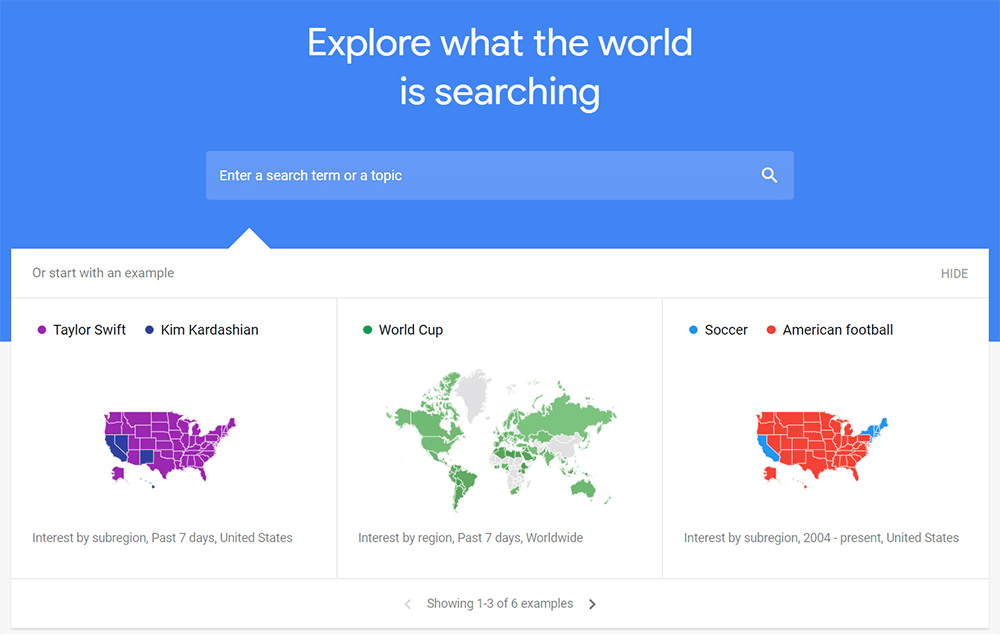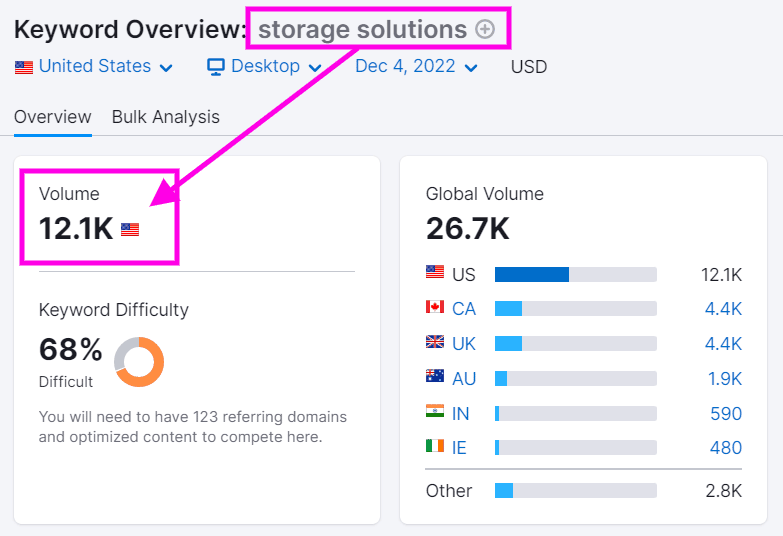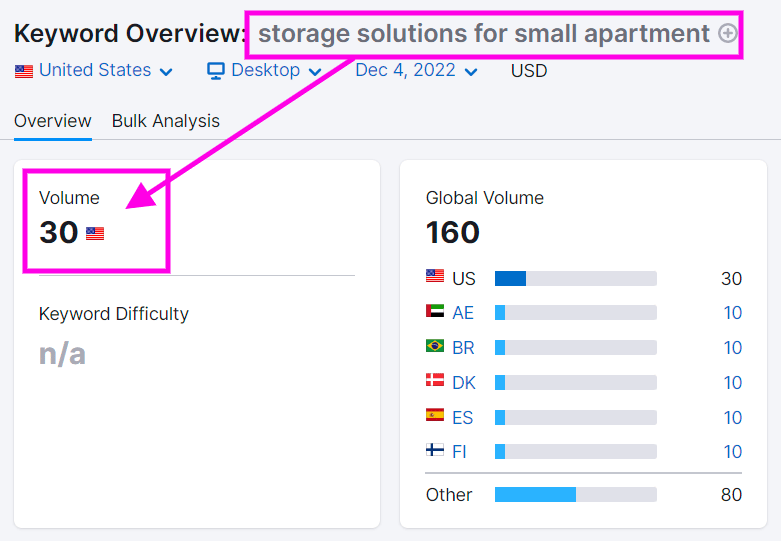9 Steps for Creating an Effective Content Marketing Strategy

How much time would you need to carve out to spend a night on the town watching the Broadway sensation Hamilton?
About three hours.
In those three hours, you would be treated to history-shaping excellence. The music would move you and the story told would rapture your attention.
Then you would go on your way.
How long do you think it took to create the play that treated you to a few hours of artistic brilliance?
Lin-Manuel Miranda spent an entire year writing the first song! It took over seven years to create the play. And that doesn’t even consider costume design, casting, rehearsals, and more.
When exceptional creators produce at a high level, they make it look easy. But it’s not. The diligence and assiduity required can be staggering.
You may not desire your content strategy to reach the levels of Broadway fame. But you want to see your business thrive and receive meaningful ROI for your communication efforts.
In that case, you must carefully consider a comprehensive content strategy – before you post on social media or send an email.
A Content Strategy Saves You Time
The vast majority of consumers – 81% – begin a journey searching for products online.
According to research done by Invoca, 77% of shoppers will use a mobile device for their search.
Without a competitive digital presence, you will lose customers. And if your digital content isn’t backed by market research, well planned, and up to speed with trends and influencers, you’ll lose your ability to reach the 81% of customers who are searching for your help online.
Here are 9 Steps To Creating a Content Marketing Strategy
1. Understand the Purpose of Content Marketing
If you search for the purpose of marketing, you will come across wildly different answers. From generating revenue to generating interest.
We believe that the primary purpose of a digital strategy is to serve your customers well. For over 15 years, we have tried to give away as much valuable content as possible.
“Buy now or else” pressure tactics don’t resonate with us. So we don’t want to treat others that way.
If you implement the steps in this article to care well for others, customers will come to see you as a trusted resource.
Trust is a commodity that is in high demand.
People will intuitively sense that you care for them beyond the pennies they may provide.
When the time comes for them to part with their pennies to purchase what you offer, your brand will be at the forefront of their minds.
The best marketing does not feel like marketing. It feels like a business that’s building relationships with people to help them achieve their goals, solve their problems, and support what they’re most passionate about in life.
2. Dive Deep into Market Research
To whom are you marketing? You must develop a Buyer Persona and a Negative Buyer Persona. Is your target audience serious or playful? Do they shop on Google, Facebook, or Tik Tok?
Consider the following:
- Age
- Gender
- Education Level
- Income Level
- Location
- Family Size
- Marital Status
- Biggest Problems/Irritations
Once you know WHOM you’re communicating with and WHERE they hang out (digitally), you should start researching trends.
Goods and services tend to fluctuate in demand on a predictable basis. Not many people buy snow shovels or hire snow plowing services in June. And few people in the south will ever hire a snow removal service! Although, some Austinites may feel differently after the Snowmageddon of 2021🥶 .
On December 4th of 2022, searches for soccer and the World Cup are trending.

You don’t need to guess when people will be interested in what you have to offer. As searches for the World Cup trend, so might the intent to buy related merch and apparel.
Semrush provides tools to show you when and where your brand is desired.
Google trends can help you understand what the world is looking for.
Get to know your ideal customer. Learn where they shop and how they prefer to be communicated with. Then, apply tools and analytics to effectively communicate what your ideal customer is looking for and where they are looking for it.
3. Build Momentum with a Longtail Keyword Strategy
Keywords are what users type in the search box to find what they’re looking for. Search engines, social media platforms, and online retail sites utilize keywords.
Some keywords are exceptionally competitive. Google handles over 87 billion searches every month.
This is where a longtail strategy will benefit you. Yoast defines longtail keywords like this:
“Long-tail keywords are keywords or key phrases that are more specific – and usually longer – than more commonly used keywords.”
For example, let’s say you own and operate an interior design business. You’re looking to gain some traffic on your website, so you write a blog on storage solutions.

This is a highly competitive keyword, generating 12,000 searches per month. Clearly, people need storage solutions.
Unless you’re Ikea, you will find it remarkably difficult for your blog on storage solutions to rank when people search for them.
However, check out what happens by adding just a few words:
“storage solutions for small apartment”.

Adding a few words dropped the traffic volume down to 30 searches per month. While the traffic volume is less, so is the competition. And now you have a search query you can rank for!
Don’t hesitate to take some easy wins. My general rule of thumb is that a keyword that generates over twenty monthly searches is worth pursuing.
Longtail keywords provide multiple benefits. They are easier to earn rankings. They also generate 2.5 times more conversions.
Why?
People looking for something specific tend to be more intentional than people searching for information in general.
If you’re utilizing your buyer persona, longtail keywords will help you serve your customer base well.
4. Let Search Demand Drive Your Content Marketing Strategy
Search engines have determined four major categories of “search intent” which helps marketers to determine the purpose of an online search. The four types of search intent include:
- Informational intent: I want to know moments _________
- Navigational intent: I want to go moments _______
- Commercial intent: I want to do moments ________
- Transactional intent: I want to buy moments __________
80% of online searches are conducted with informational intent. To serve your audience well, you must provide the information they want.
Discovering what questions your target audience is asking, what they are searching for, and why they’re searching, should drive the topics you prioritize as you create content.
You don’t need to waste your time wondering what topics will generate interest. You can, and should, develop strategic content in the other direction.
Learn what people are searching for.
And deliver.
5. Research Industry Influencers
An ancient proverb says, “What has been will be again, what has been done will be done again; there is nothing new under the sun.”
Unless you’re the next Henry Ford or Steve Jobs, someone out there is probably a few steps ahead of you in your industry.
Take the time needed to learn who leads your industry. Especially those who run their businesses in a way that resonates with the voice you want your brand to portray.
Buzzsumo has excellent tools to help you discover the influencers that will be best for your brand to build an online relationship with.

Learn from the influencers in your industry that can help you grow. Create a report. Follow. Retweet. Share. Comment and interact with them.
You don’t need to reinvent the wheel.
6. Maximize the Mileage of Your Content
Once you’ve done the research needed to provide your target audience with the information they desire, you can repurpose it in multiple formats.
A well-researched and written blog article can be shrunk down to a teaser email which can be shrunk down further into a social media post.
That same content can also be repurposed in a video or IG reel. You can even embed the video in the post and capture more dwell time from your users.
Information on the internet travels fast. The effectiveness of your content largely depends on how it’s being consumed.
Is it conducive to a mobile device? Does it stand out on a social media feed? Will the content provide the in-depth insights people crave?
Effectively working a content marketing strategy will allow you to hit all of these – and more – without increasing your workload.
7. Create an Editorial Calendar
By this point in the process, you’ve done a ton of work. You’ve
- Created a buyer persona and a negative buyer persona
- Identified customer pain points
- Gained knowledge on what’s currently trending in your industry and market
- Developed a comprehensive keyword strategy
- Defined search intent
- Determined the most helpful forms of content
- Uncovered leaders within your industry
Armed with this information, equipped with multiple strategies and content forms, you can take your content to the next level – without exhausting yourself or your team.
You can, and should, create an editorial calendar for digital content that:
- Addresses pain points, trends, and
- Nails focus keywords and secondary keywords
- Leverages longtail keyword strategies
- Reaches an optimal word count
- Sets times and days that work best for particular forms of content
- Delivers ideal content forms. Blog, infographics, white papers, videos, or more
- Utilizes the best social platforms to increase engagement
- Networks with key influencers to share, tag,, and promote helpful content
Editorial calendar positions you to leverage the rhythms of your business, maintain consistency, and set yourself up for uber efficiency. How often do blog monthly? When are your slowest seasons? Utilize the time to create content for posting during your busiest times. And enjoy the little bit of peace that strategic planning can provide.
8. Prioritize Your Website
Since information on the internet does move so quickly, you have to prioritize the content on your website above all other platforms.
B2B platforms like LinkedIn can be extremely beneficial. Posting articles or videos on social media platforms can give your brand more exposure.
Posts can be “shared” with the click of a button.
You can post a snippet from an article you’ve written on your blog, and provide a link back to your website for people to read more. With plugins like Yoast or SEOPress, you can customize your social cards to have a unique headline and call to action which can increase user engagement and clickthrough rates.

This inbound marketing strategy can let you benefit from multiple digital platforms while increasing your website’s traffic.
If blog content lives on your website, it positions you as an authoritative voice in your industry, supports SEO, and boosts your website’s ranking. Your content is accessible to users whenever they search for a topic you’ve covered.
9. Refine Your Website’s Content
Do you know what content formats produce the most significant engagement for your users? With tools like Google Analytics, GTM, and FaceBook Insights, marketers have access to data that effectively measures what’s working, or not working on their website.
What is gaining the most clicks? Is it the video you posted last week? What about an infographic? Where are you seeing the highest engagement and conversion?
To maximize your resources, you must know where to invest and what to tweak.
Some people are visual learners. Others prefer podcasts. Some just want to read. Skim, most likely.
Create new and adjust existing forms of content that work on your website and social media to better serve your audience. Infographics, tutorials, and downloads can help different people.
If you offer DIY solutions, you probably want some video tutorials. Facebook Live and Linkedin Live offer great tools to promote your business at no cost.
If you sell products, consider having warranties and manuals available for download.
Certain features are more associated with particular keywords. Make sure that the content you provide for the keywords you’re targeting incorporates the features people expect and desire.
The more people engage with your website, and the longer they engage, the better your site will rank. And the better you care for your customers, the more likely they will be to market for you!
Hire A Strategic Partner for Your Digital Marketing in Austin!
Are you ready to upgrade your content marketing strategy? If so, peruse our blog. Or click through the services we offer.
If you’ve got time on your calendar, we can schedule a free 30-minute consultation.
With the right tools and intentional planning, you can develop strategic content that will serve your customers well, generate revenue, increase your ROI, and bolster your brand.